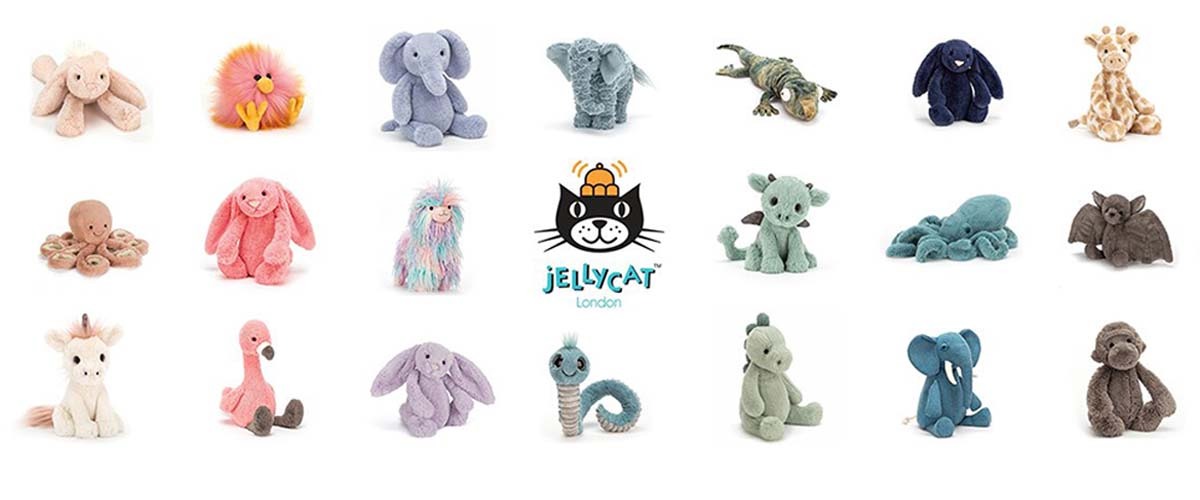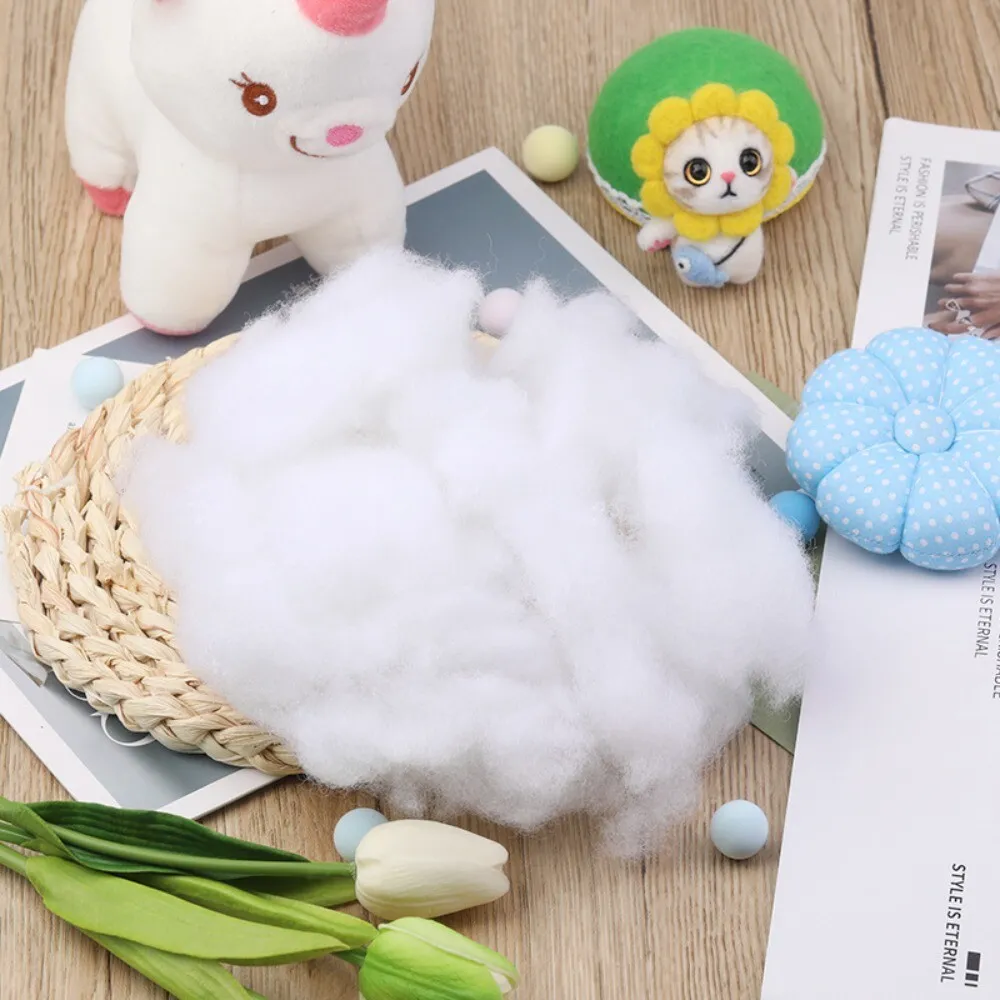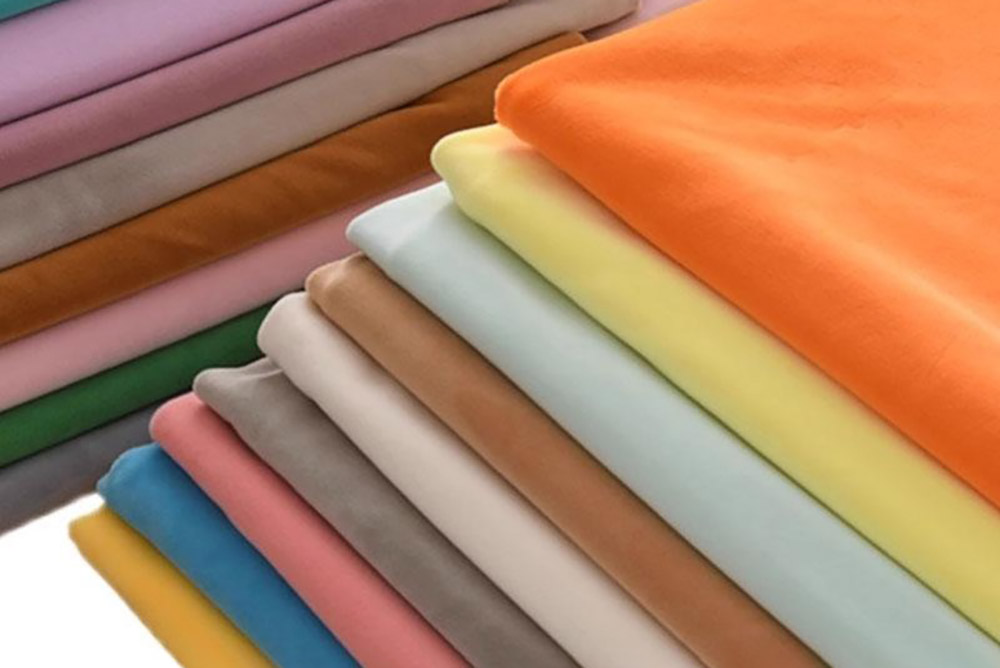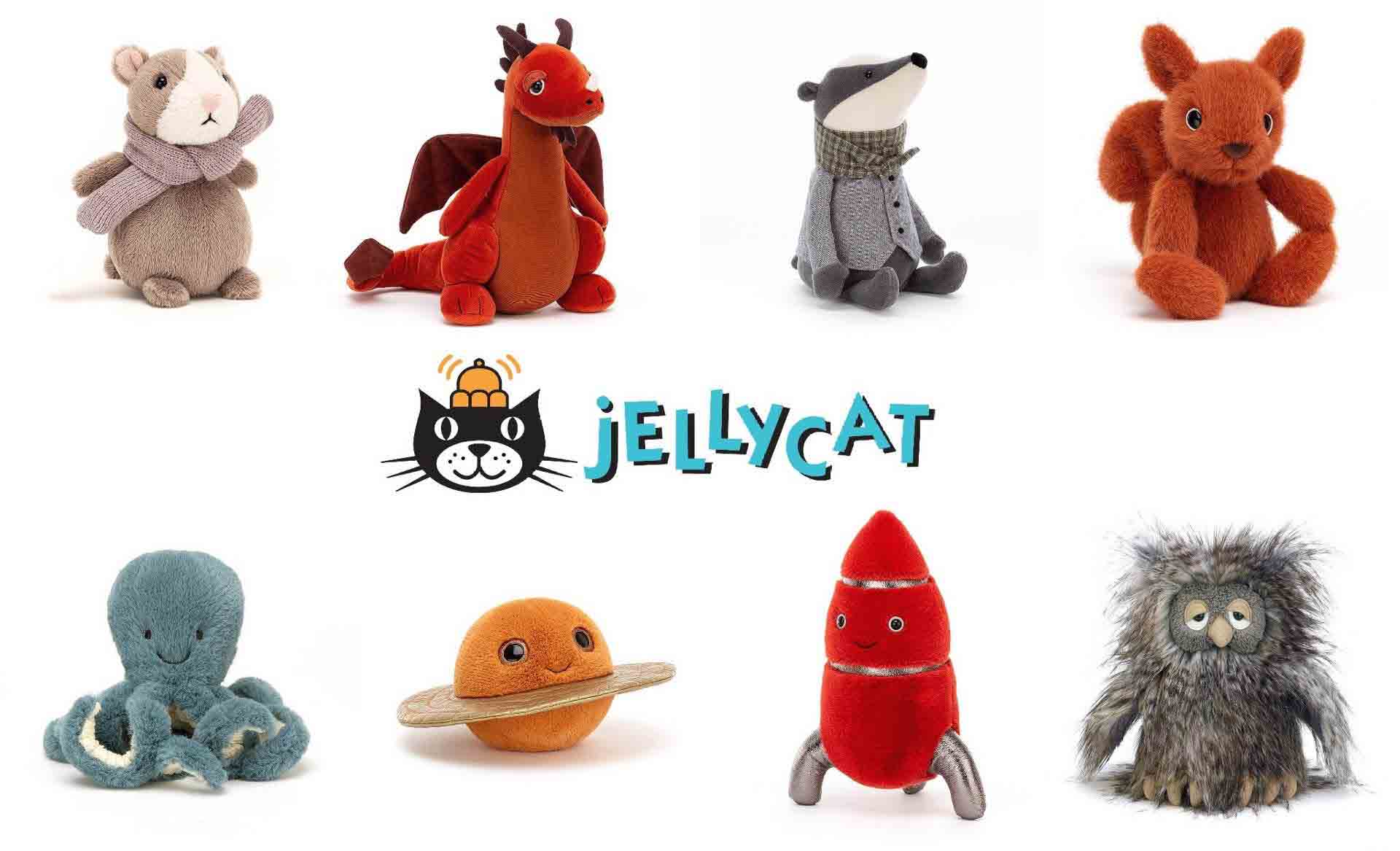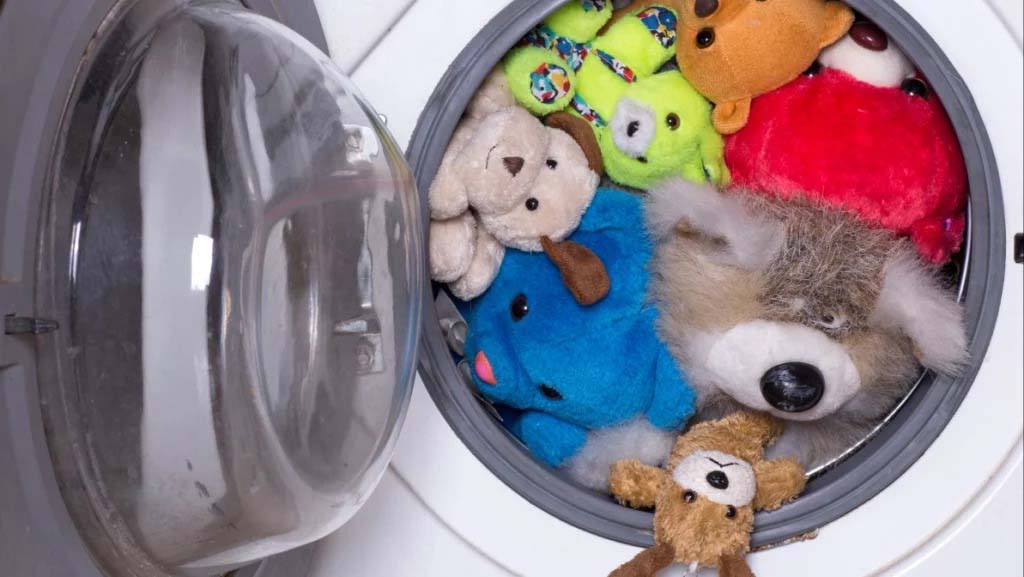Stuffed toys hold sentimental and functional value. They can comfort children, attract buyers, and even serve as promotional gifts. Proper storage ensures they remain clean, safe, and durable over time.
Stuffed toys should always be stored in clean, dry, and dust-free conditions. Owners must prevent deformation, insect damage, and bacteria growth. Regular cleaning, airing, and careful handling guarantee long-lasting softness and safety for both children and adults.
Taking small but effective measures can extend the life of every plush toy. Let’s look at the best storage practices in detail.
1. Keep Clean Before Storage

Stuffed toys look soft and safe, but they easily collect dust, sweat, and invisible bacteria. Before putting them away, cleaning is the most important step. Clean toys not only last longer but also stay safe for children to cuddle with after long storage. Many problems, like unpleasant smell, mold, or insect attraction, usually come from skipping this step.
The best practice is to clean every stuffed toy carefully before storage. For small toys, you can wash them by hand or use a gentle machine cycle. Larger ones may need spot cleaning with mild soap and water. Always make sure toys are fully dried before packing. Even a little moisture left inside can cause mold growth during storage. A short investment of time in proper cleaning saves you from much bigger problems later.
When cleaning, materials matter. Plush fabric made of polyester is durable and safe for water washing. But delicate fabrics such as cotton blends or toys with embroidery may require gentler methods. If the toy has electronic parts, you should avoid water and clean only the surface with a damp cloth. This makes sure you protect both the appearance and function of the toy.
For customers or retailers who keep toys in large quantities, we recommend setting up a cleaning routine before packing. Separate toys by material type, so each group can get the correct cleaning method. For example, polyester plush toys go through machine wash, while delicate or embroidered toys are cleaned by hand. After washing, use sunlight or a drying machine at low heat until no moisture remains.
| Toy Material | Recommended Cleaning Method | Special Notes |
| Polyester Plush | Gentle machine wash | Fully dry before storage |
| Cotton Blend Plush | Hand wash with mild soap | Avoid twisting, air dry |
| Toys with Embroidery | Spot clean only | Protect stitching |
| Toys with Electronics | Surface wipe | Keep water away |
In short, cleaning before storage is not only about appearance but also about hygiene and safety. When toys are clean, they bring comfort to children the moment they are taken out again, and you avoid the risk of mold or bad odor.
2. Keep Dry

Moisture is the biggest enemy of stuffed toys. Even after careful cleaning, if toys are stored in a damp place, mold and bacteria can quickly appear. These not only damage the toy fabric but can also harm children’s health. That is why making sure toys remain completely dry during storage is the second most important step.
The best way to keep toys dry is to store them in a cool, ventilated space. Avoid areas near windows where rain can leak in, or basements where humidity is high. For homes in wet climates, using dehumidifiers or silica gel packs is a smart solution. These small additions help reduce moisture and create a safe environment for toys.
Another important tip is to never pack toys when they are even slightly damp. Many parents think air-drying for a few hours is enough, but plush fabric traps moisture inside. It is better to dry toys under sunlight or use a drying machine on low heat until you are completely sure no dampness remains.
Retailers and wholesalers who store large volumes of toys should consider using climate-controlled warehouses. A stable environment with consistent temperature and low humidity helps extend toy lifespan and reduces risk of mold. For small businesses or households, airtight plastic boxes with desiccant packs can achieve similar protection.
| Storage Condition | Recommendation | Result |
| Basement / Damp Room | Avoid | High risk of mold |
| Well-ventilated Closet | Suitable | Keeps toys fresh |
| Airtight Box + Silica Gel | Best | Long-term dryness |
| Sun-dried Before Packing | Essential | Prevents hidden moisture |
By ensuring dryness, you not only protect toy quality but also guarantee safety for children. A dry stuffed toy is soft, odor-free, and ready for use anytime.
3. Protect from Dust

Dust may look harmless, but it slowly ruins stuffed toys over time. It settles into the fabric, making colors fade and textures rough. More importantly, dust can carry allergens that cause sneezing, coughing, or skin irritation in children. This makes dust prevention an essential part of toy storage.
The simplest method is to use sealed storage solutions. Vacuum storage bags are excellent for small toys, while larger ones can be kept in plastic containers with tight lids. For toys meant for display, glass cabinets or acrylic boxes are better options than open shelves. They not only keep toys dust-free but also make them look neat and well-organized.
When sealing toys, it is important to choose breathable materials if storage is long-term. Completely airtight bags without air circulation may trap any leftover moisture, which leads to mold. A good balance is to use vacuum bags for short to medium-term storage, and ventilated fabric storage bins with covers for long-term.
For businesses or collectors, labeling and organizing storage bins helps save time later. Group toys by size, fabric type, or purpose. This way, you can easily retrieve items without opening every box and exposing toys to dust. Retailers who frequently display toys should also rotate items, ensuring each remains fresh and dust-free.
| Storage Type | Dust Protection | Suitable Use |
| Vacuum Storage Bag | Excellent | Small, short-term storage |
| Plastic Airtight Box | Very Good | Medium to large toys |
| Glass Display Case | Good | Display, collection |
| Fabric Bin with Lid | Moderate | Long-term storage, breathable |
In the end, protecting toys from dust is about keeping them safe, clean, and attractive. A dust-free toy is easier to maintain, healthier for kids, and always ready to impress.
4. Avoid Deformation

Stuffed toys rely on their shape to look cute and appealing. If stored carelessly, they can lose their form, becoming flat, uneven, or stretched out. Once deformed, it is very difficult to restore them to their original look. That is why preventing deformation is critical in proper storage.
The most common mistake is stacking heavy objects on top of stuffed toys. This flattens the filling inside, leaving toys permanently misshapen. Instead, toys should be stored in a way that supports their natural structure. For small toys, place them neatly in boxes without extra weight on top. Large toys can be hung using storage nets or placed upright against walls to keep their shape.
Stuffing materials also affect durability. Polyester fiber filling is more resistant to compression, while cotton or natural fillings flatten faster. Knowing the material of your toys helps you plan the best storage method. For example, cotton-filled toys should never be stored under pressure for long periods.
For businesses, especially wholesalers or retailers, maintaining product appearance is key to sales. Customers expect toys to arrive fluffy and well-shaped. Using cartons with separators or air cushions helps protect bulk shipments from deformation during transport and storage.
| Toy Filling Material | Risk of Deformation | Storage Recommendation |
| Polyester Fiber | Low | Stack lightly if needed |
| Cotton Filling | High | Store upright, avoid pressure |
| Bead/Granule Filling | Medium | Keep in firm containers |
| Mixed Fillings | Variable | Use gentle support |
By preventing deformation, toys stay attractive and comfortable. Children enjoy hugging a plush toy that feels full and soft, while businesses deliver products that look professional and high quality.
5. Regular Cleaning

Even when toys are in storage, they still need regular cleaning. Dust, insects, and air particles can affect toys over time, especially if they are stored in open cabinets or rooms. Cleaning every few months ensures toys remain fresh, hygienic, and safe for children.
The method of cleaning depends on storage conditions. For toys kept in sealed boxes or vacuum bags, simple surface wiping is enough every few months. For toys displayed in cabinets, more thorough cleaning may be needed to remove dust that collects on exposed areas.
Retailers should set a fixed cleaning schedule, especially before peak sales seasons. A clean toy is much more attractive to customers and creates a sense of trust in product quality. For families, cleaning toys regularly prevents health risks for children who have sensitive skin or allergies.
Another important step is deodorizing. Even in dry storage, toys can sometimes develop a faint smell. Placing baking soda packets, charcoal bags, or fragrance-free odor absorbers inside storage containers can solve this problem. These are safe and effective ways to keep toys smelling fresh.
| Cleaning Frequency | Storage Condition | Recommended Method |
| Every 1–2 months | Open or display storage | Full cleaning |
| Every 3 months | Sealed box storage | Surface wipe |
| Before major sales | Retail bulk inventory | Deep clean + quality check |
By keeping a routine of cleaning, toys remain not only safe but also pleasant to touch, smell, and look at. This ensures a longer lifespan and a better user experience.
6. Insect Prevention & Safety

Insects are a hidden but serious threat to stuffed toys. Moths, beetles, and even ants can damage fabrics and fillings, leaving holes and stains. Preventing insects is just as important as cleaning or drying when it comes to toy storage.
The first rule is never to store toys in areas where food is kept. Even tiny food particles can attract ants or roaches. For long-term storage, natural insect repellents such as cedar blocks, lavender sachets, or mothballs (used carefully away from children) can be added to storage containers.
For large-scale storage, businesses should use insect-proof packaging. Plastic wrap, vacuum bags, or sealed boxes with silica gel provide both dryness and insect protection. Warehouses should also be inspected regularly for pests. A single infestation can damage hundreds of toys at once.
Another safety point is avoiding harsh chemicals. While chemical mothballs and sprays are effective, they can leave strong odors or residues harmful to children. Safer natural options are better for stuffed toys. If chemical products are necessary, ensure toys are fully aired before use.
| Insect Threat | Prevention Method | Safety Notes |
| Moths / Beetles | Cedarwood, lavender sachets | Safe, natural |
| Ants / Roaches | No food near storage | Clean containers |
| General Pests | Vacuum bags, sealed boxes | Combine with dryness |
By focusing on insect prevention, you protect both the value of your toys and the health of children who will use them. A toy free from holes, stains, and chemical smell is always a safe choice.
7. Regular Airing

Even when toys are stored well, they benefit from occasional airing. Fresh air and sunlight prevent odor buildup, kill bacteria, and restore softness. Without airing, toys stored for months or years may smell stale, even if they were clean and dry before.
For homes, airing toys is simple. Once every few months, take them out of storage and place them under sunlight for a few hours. Sunlight naturally kills bacteria and removes odors. For delicate toys, choose indirect sunlight to prevent fabric fading.
Businesses with large inventories can schedule regular quality checks, which also act as airing sessions. Rotating stock ensures that all toys get occasional exposure to air and inspection for any hidden issues.
When airing toys, it is also a good chance to shake them gently to restore fluffiness. This helps fillings redistribute evenly, keeping toys comfortable and visually appealing.
| Airing Frequency | Method | Benefit |
| Every 2–3 months | Sunlight, natural air | Removes odor, kills bacteria |
| Every 6 months | Rotation in warehouses | Keeps stock fresh |
| After long storage | Shake + air exposure | Restores softness |
Regular airing ensures toys stay fresh, soft, and ready to use. It is a simple step that makes a big difference in both home and business storage.
Proper storage of stuffed toys requires careful steps: cleaning, drying, dust protection, shape maintenance, regular cleaning, insect prevention, and airing. Each step adds value by extending toy life, protecting safety, and keeping them fresh.
At Kinwin, we know how much families, retailers, and brand owners care about toy quality. With our experience in OEM & ODM plush manufacturing, we design toys that are durable, safe, and easy to maintain. If you are looking for reliable plush toy partners with customization options and certified safety standards, we are here to help.
Contact us today at [[email protected]] or visit [https://kinwintoys.com/] to start your custom plush toy project with Kinwin.


